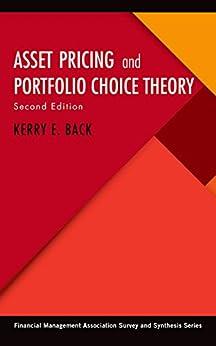In the Leland (1998) model, the firm issues at date 0 debt with principal P that pays
Question:
In the Leland (1998) model, the firm issues at date 0 debt with principal P that pays aggregate coupons C. Prior to bankruptcy, a fraction mdt of the outstanding debt is called each instant and redeemed at par. Therefore, e−mtP of principal remains outstanding at each t > 0 from the debt issued at date 0, if the firm has not declared bankruptcy prior to t. The expected cash flow received by this outstanding principal in an instant dt is e−mt(C +mP)dt. This is the sum of the coupon e−mtCdt and the principal payments e−mtmPdt on the debt called during dt. Assume the firm declares bankruptcy when X first falls to some boundary xD, where X is the geometric Brownian motion (19.21). Let f(t,Xt)
denote the value of the debt that is issued at date 0 and remains outstanding at date t if bankruptcy has not been declared by t.
(a) Explain why f should satisfy the PDE ft +(r −δ)xfx +
1 2
σ2 x2 fxx + e−mt(C+mP) = rf .
(b) Define g = emtf . Derive an ODE satisfied by g
c) Using the results of Section 19.2 or Exercise 19.4, solve the ODE forg.
(In the Leland model, the firm continuously issues new debt to replace the debt being redeemed. Furthermore, the value of any outstanding bond is independent of the time at which it was issued, because all bonds have the same terms and the same probability of being called.
Therefore,g(Xt) is the value of all outstanding debt at any time prior to bankruptcy.)
Step by Step Answer:






